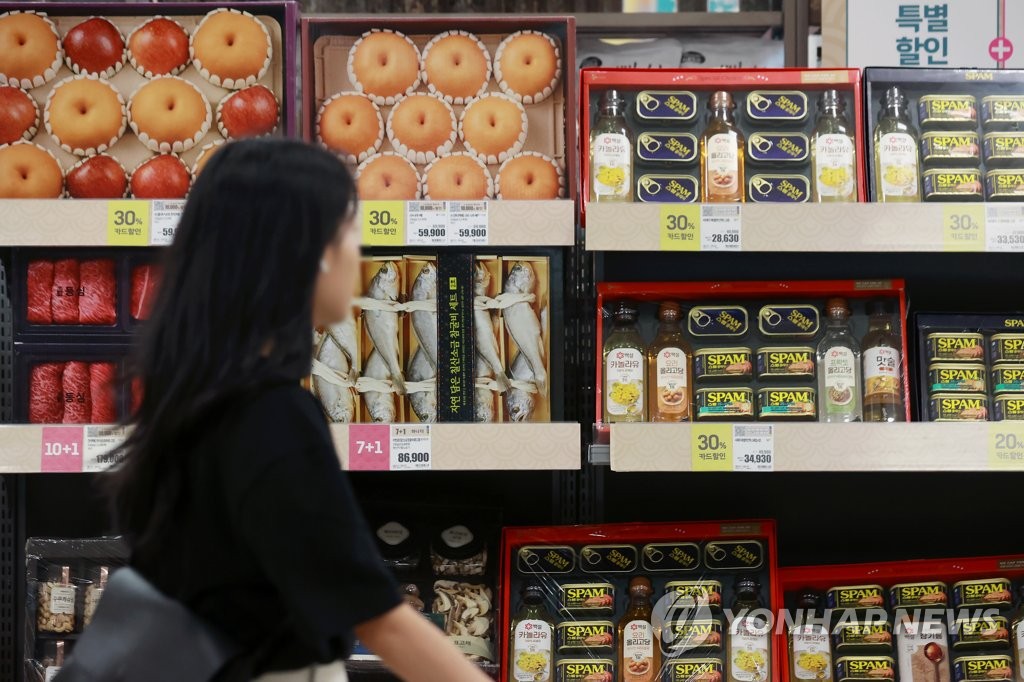- California Assembly OKs highest minimum wage in nation
- S. Korea unveils first graphic cigarette warnings
- US joins with South Korea, Japan in bid to deter North Korea
- LPGA golfer Chun In-gee finally back in action
- S. Korea won’t be top seed in final World Cup qualification round
- US men’s soccer misses 2nd straight Olympics
- US back on track in qualifying with 4-0 win over Guatemala
- High-intensity workout injuries spawn cottage industry
- CDC expands range of Zika mosquitoes into parts of Northeast
- Who knew? ‘The Walking Dead’ is helping families connect
Regional consumer inflation up 3.2 pct in Q2
South Korea’s nationwide consumer prices rose 3.2 percent on-year in the second quarter of 2023, led by higher utility and dining out costs, data showed Monday.
By region, consumer prices in Seoul moved up 3.8 percent over the period, followed by the southeastern port city of Busan with 3.3 percent, according to the data compiled by Statistics Korea.
The southern resort island of Jeju posted the lowest growth of 2.4 percent, with Sejong, 112 kilometers south of Seoul, experiencing a 2.6 percent rise.
The agency attributed the overall rise to higher utility costs, which moved up 24.3 percent on-year in the April-June period. The cost of dining out increased 7 percent as well, it added.
The national mining and manufacturing output, meanwhile, fell 7.4 percent on-year nationwide, with Gyeonggi Province posting the sharpest decline of 16.2 percent. The output from Busan slipped 8.5 percent.
The decrease was mostly led by the sluggish performance of the semiconductor, electric component and chemical industries.
Nationwide retail sales rose 2.8 percent on-year in the second quarter on the back of the financial, insurance, transportation and logistics segments.
Incheon, 27 kilometers west of Seoul, posted the sharpest growth of 7.6 percent, trailed by Seoul with 6.6 percent.
The employment-to-population ratio came to 63.2 percent nationwide, up 0.5 percentage point over the period. The rate in Gyeonggi Province fell 0.4 percentage point, while that in Gangwon Province advanced 2.2 percentage points.












